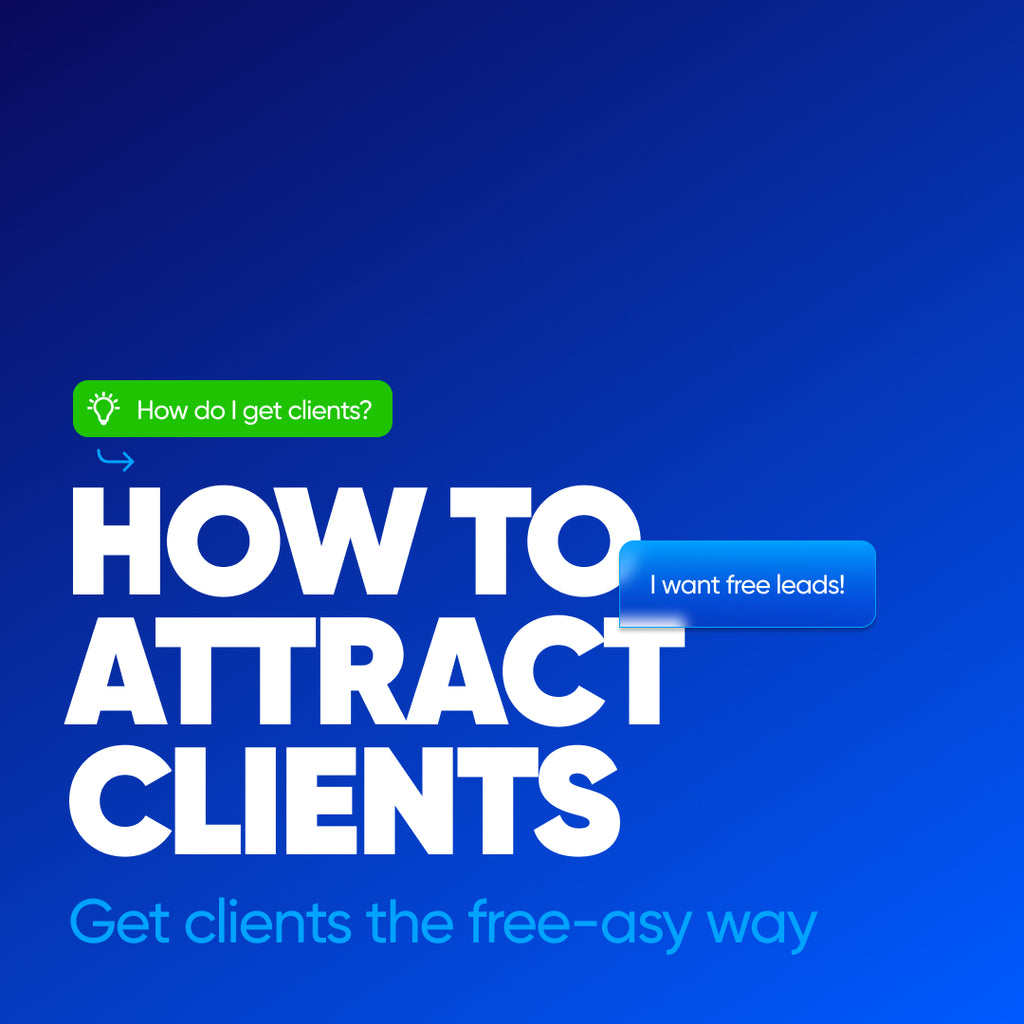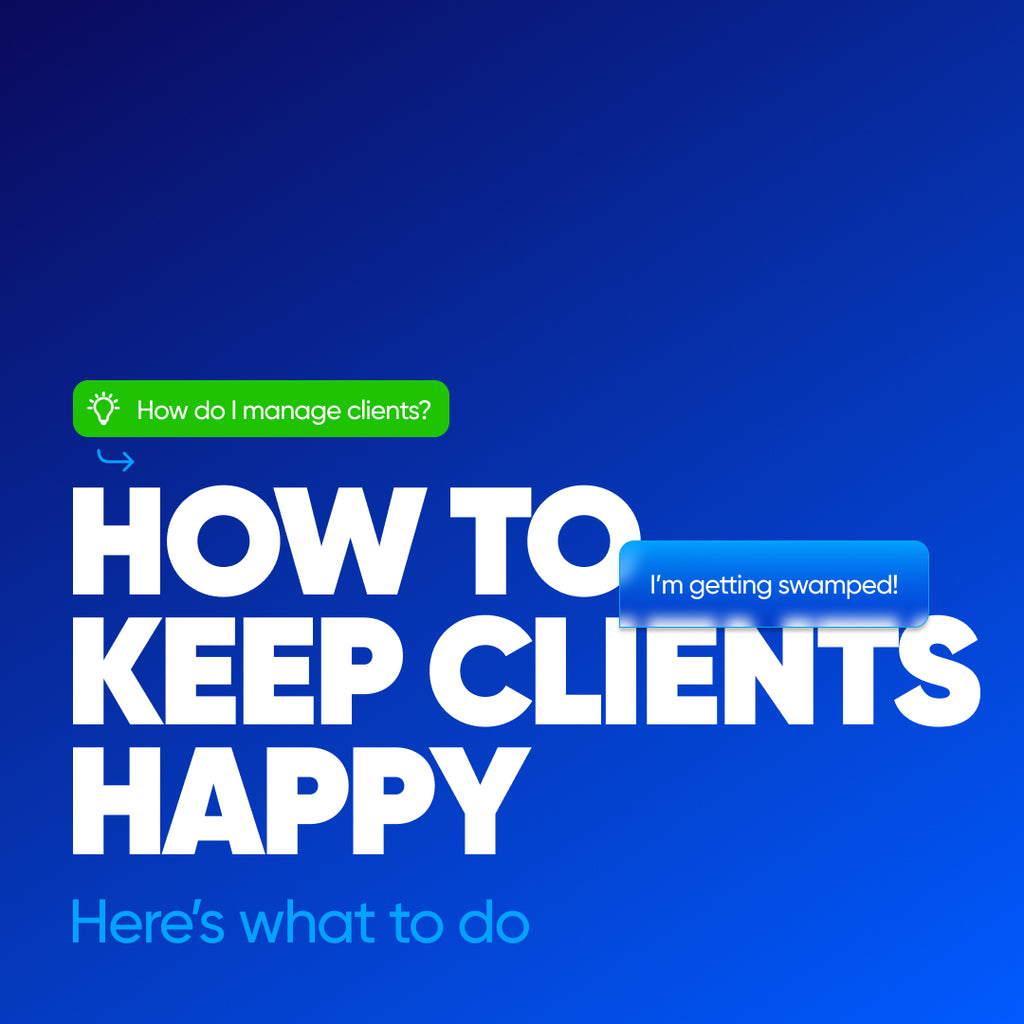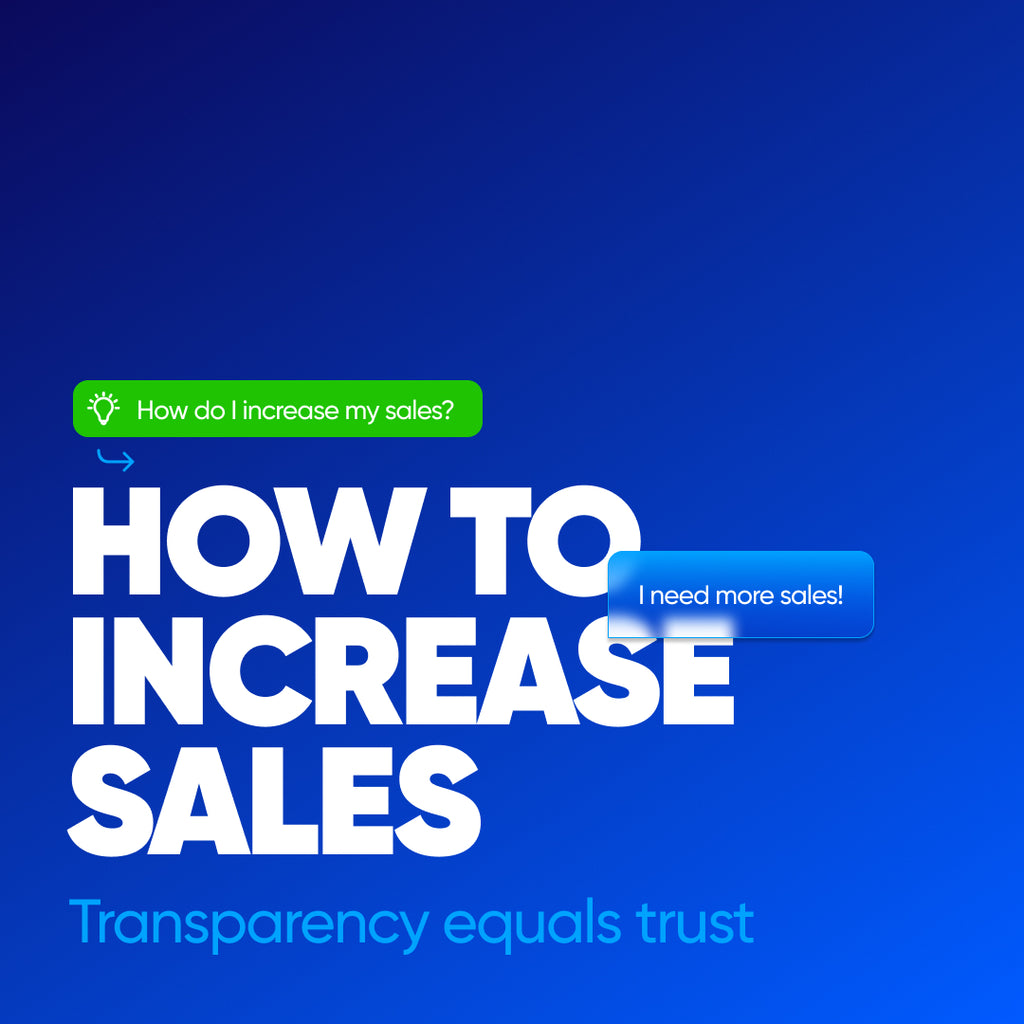I’m Scott Luscombe, your Shopify Coach.
I left thousands of dollars on the table each year by not monetizing my website.
Here’s how to skip the mistakes and jump right to success.
This is the Shopify Shortcut!
It doesn’t matter whether you’re in the planning, building, or earning phases of your Shopify e-commerce website.
The top 3 monetizations I use for passive income are:
-
Google Adsense
-
Affiliate Programs
-
Digital Products
By adding these monetizations to your Shopify site you can earn passive income streams while you sleep without putting in a ton more work.
I’ll explain in detail what each of these monetizations are, and how to integrate them into your Shopify e-commerce website.
But let’s get some context.
I’m a goal-oriented type of guy.
I start with the “dream” I want to achieve and give myself reasonable milestones to see the progress.
This progress turns into motivation to keep building and verifies whether the path I’m on is working.
Steal this list to see whether you’re on the right track to achieving your Shopify monetization goals.
Remember that this IS NOT a get-rich-quick scheme; this will build passive income that will slowly build over time.
If you’re like me, you’ll end up having your site running for your entire career; so far, I have had my site for two decades.
This is all long-game thinking.
The goal here is to understand the steps of passive income:
-
Earn your first dollar ($1/month) - Usually in your first month
-
Earn enough to pay for your website hosting ($30/month) - Usually in the second or third month
-
Earn enough to pay your internet and phone bill ($150/month) - Usually within 6 months
-
Earn enough to pay for your car (+$500/month) - Usually within 1-2 years
-
Earn enough to pay your rent (+$1500/month) - Usually after 2 years
Better yet, I’ll preface this by saying I’m NOT a financial advisor. But it makes sense that if you make money and can afford to save this money from your passive income channels and invest it each month, it will compound over time.
I don’t think any financial advisor would argue with that.
Now that we have the milestones broken down into reasonable chunks, we can start adding in our monetizations to your Shopify site.
Number 1 - Google Adsense
Many people will say, “Don’t spend hours chasing pennies.”
And yes, you may see very low revenue in the first few months of starting Google Adsense.
Usually, you’re not driving a Lambo with that, which is around $ 0.01- 0.03 per day.
It feels like a joke, and turning it off is tempting.
However, over the next few years of your site being live, this will slowly increase as your traffic increases.
On average, I receive $0.30-0.62 each time a user clicks on an ad on my website, but I’ve also seen a peak of up to $19.26 for one click.
No one’s laughing at that, and it’s real money that takes advantage of all of the effort you spent writing content to bring in organic traffic.
You may as well get paid for all of your hard work.
Let’s get Google Adsense integrated with your website:
Step 1 - Sign up for your Google Adsense Account at Adsense.google.com
Step 2 - Choose which pages you want to display the ads. I recommend blogs and informational pages instead of any primary landing pages
Step 3 - Adjust the settings for the ad type and quantity you want to display. The highest settings look terrible, and the lowest settings don’t earn decent income, so make adjustments as necessary
Now that you have Google Adsense integrated with your website you’re now turning customer clicks into revenue.
Just sit back and watch your hard work writing content turn passive.
Google Adsense is a set-it-and-forget-it system, with monthly deposits to your own bank account when you pass the $100 withdrawal threshold.
Number 2 - Affiliate Programs
You’ve probably heard every internet and email marketing guru harp on Affiliate marketing, but they never explain how to set it up and how it actually works.
I’m changing the game and getting into the details on this one.
I recommend starting on 3 paths here:
-
Add affiliate links to products and services you use and negotiate affiliate terms one-on-one with the brands
-
Add affiliate links to products and services in bulk by using affiliate marketing partner programs like www.partnerstack.com
-
Add affiliate links from Amazon affiliates and receive a revenue share from products you or your customers find useful
One important thing I find very useful is only to recommend products and services you use personally.
The reason is that you can justify to your customers why these benefit small businesses.
For example, I use a few pieces of software to build my own site. You can visit my affiliate links for Shopify, SurferSEO, and SEMRush.
I recommend these products as they are what I use daily and helped me significantly.
Once you have signed up for the affiliate marketing programs you want, it’s as simple as adding these links to your website within relevant content.
You can also recommend these products and marketing strategies to your own customers during your sales consultations.
For example, I design and develop and host Shopify e-commerce websites on Shopify.
When a customer hires me to build their Shopify website, I receive a 10-20% monthly revenue share from Shopify when they pay. Shopify for their web hosting.
This doesn’t cost the customer anything over the standard hosting package, Shopify pays me a commission for recommending their software.
I recommend the software because I use it myself for this website.
Number 3 - Digital Products
Publishing your own digital products is a power move.
They help your customers get the most out of your product or service and provide a passive income channel for online business.
Digital products are amazing because selling one or thousands costs the same.
You’re simply selling a digital rather than a physical product, so there is no cost to creating the product beyond the initial work to create the first product.
Here are a few examples of how digital products could work for your business or brand:
-
You’re a fitness brand selling exercise equipment or supplements - You can create a workout guide so the customer gets a ton of extra value for a few dollars.
-
You’re a travel brand selling tours or equipment - You can create a guidebook for the best trails in certain regions where most of your customers are.
-
You’re a freelance coach - You can create the Freelance Shortcut book so customers can reference your coaching sessions independently. Shameless plug I know!
So how do you add and sell digital products to your Shopify site?
-
Go to the Search Bar and type in Digital Downloads
-
Connect the Digital Downloads App with your Product
-
Upload your Digital Product to the Digital Products App
Now, when customers purchase your digital product from your Shopify online store, they receive a link to download the product once their order is confirmed.
This is a great passive income stream channel as it costs you nothing per transaction beyond the initial work of creating the digital product.
These digital products can pay you for years to come. And that's the point of passive income with your Shopify site, to create wealth on an ongoing basis instead of waiting on each sale.
If you found this useful, I’d love it if you checked out how I’ve run Adsense and added Affiliate links and Digital products; feel free to click away once you’re there to help!
Thank you for making it all the way to the end; I’m Scott Luscombe, your Shopify Coach!
Please make sure to like, subscribe, and drop a comment below.
Check out my next videos for more content to help make your Shopify e-commerce website an amazing success.

How to Earn Passive Income with Your Shopify Site?
Then, pick one of these:

Shopify eCommerce Success Coach
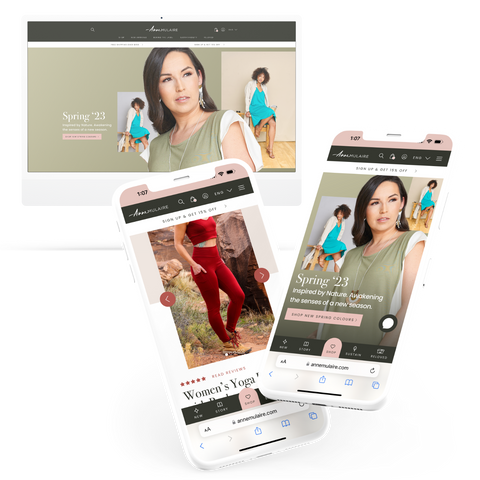
Shopify eCommerce Website
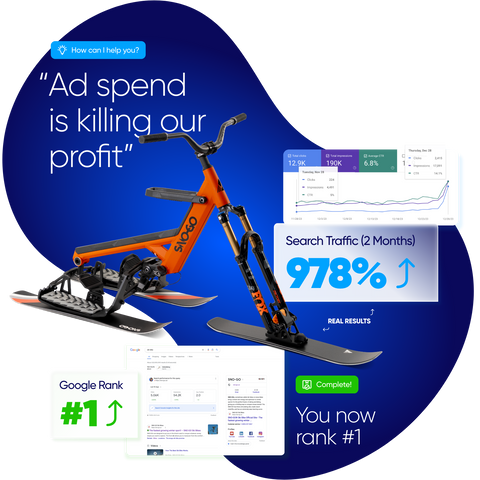
Search Engine Optimization (SEO)
Third, try these:

Get Your Shopify Website FREE!

Crush the Competition on Search Results


